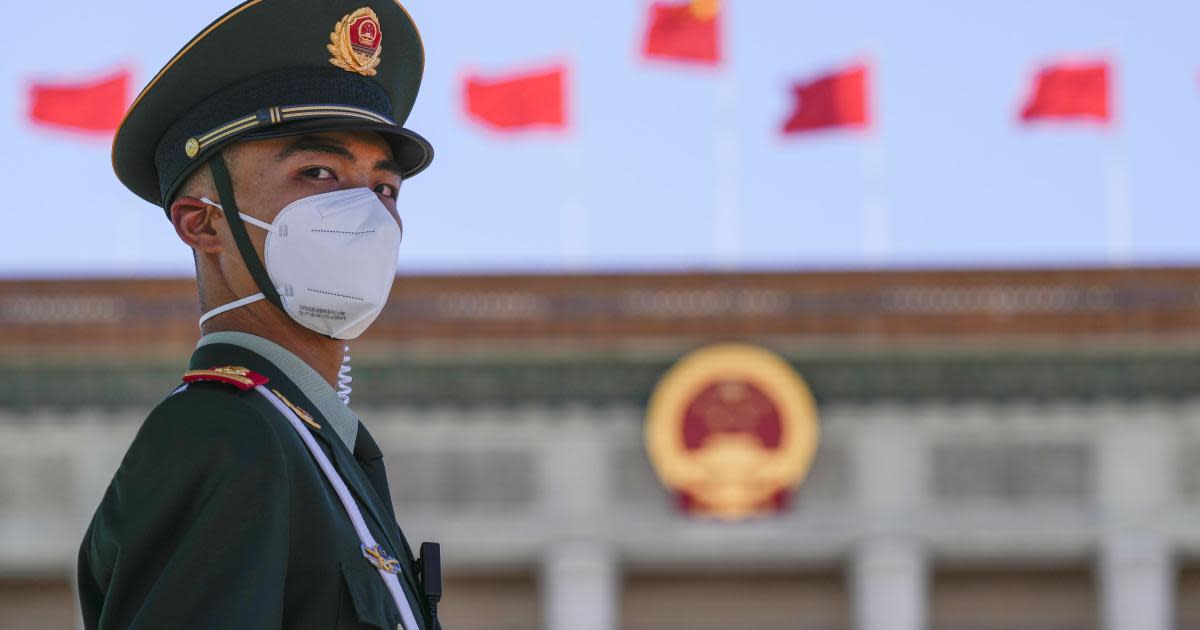by VIJAY PRASHAD & TINGS CHAK

Much could have been gained from listening to what people said during the National Congress instead of putting words in their mouths.
The Communist Party of China (CPC) held its 20th National Congress from October 16 to October 22, 2022. Every five years, the delegates of the CPC’s 96 million members meet to elect its top leaders and to set the future direction for the party. One of the main themes of the congress this year was “rejuvenation” of the country through “a Chinese path to modernization.” In his report to the congress, Xi Jinping, the CPC’s general secretary, sketched out the way forward to build China “into a modern socialist country.”
Most of the Western media commentary about the congress ignored the actual words that were said in Beijing, opting instead to make wild speculations about the deliberations in the party (including about the sudden departure of former Chinese President Hu Jintao from the Great Hall of the People during the closing session of the congress, who left because he was feeling ill). Much could have been gained from listening to what people said during the National Congress instead of putting words in their mouths.
Socialist Modernization
When the Communist Party took power in China in 1949, the country was the 11th poorest country in the world. For the first time since the “century of humiliation” that began with the British wars on China from 1839 onward, China has developed into a major power with the social situation of the Chinese people having greatly improved from their condition in 1949. A short walk away from the Great Hall of the People, where the congress was held, is the Chairman Mao Memorial Hall, which reminds people of the immense achievement of the Chinese Revolution of 1949 and its impact on Chinese society.
Xi Jinping became the general secretary of the CPC at the 18th National Congress in 2012 and was elected president of the People’s Republic of China in March 2013. Since then, the country has gone through significant changes. Economically, China’s GDP has almost doubled to become the world’s second-largest economy, growing from 58.8 trillion yuan in 2013 to 114.37 trillion yuan in 2021, and its GDP expanded at a rate of 6.6 percent per year during the same period. Meanwhile, the country’s per capita GDP almost doubled between 2013 and 2021, with China approaching the high-income country bracket. In terms of the world economy, China’s GDP was 18.5 percent of the global total in 2021, and the country was responsible for 30 percent of world economic growth from 2013 to 2021. China also manufactured 30 percent of the world’s goods in 2021, up from more than 20 percent in 2012. This adds to the decades of historically unprecedented growth rate of 9.8 percent per year from 1978 to 2014 since the launching of economic reform in China in 1978. These economic achievements are historic and did not come without their set of challenges and consequences.
While delivering the report at the opening of this congress, Xi spoke about the situation that the Chinese people faced a decade ago: “Great achievements had been secured in reform, opening up, and socialist modernization… At the same time, however, a number of prominent issues and problems—some of which had been building for years and others which were just emerging—demanded urgent action.” He went on to talk about the “slide toward weak, hollow, and watered-down party leadership,” pointing out that “money worship, hedonism, egocentricity, and historical nihilism” were the deep-seated problems in a development process that was “imbalanced, uncoordinated, and unsustainable.” These are significant self-criticisms made by the man who has led the country for the past decade.
L A Progressive for more